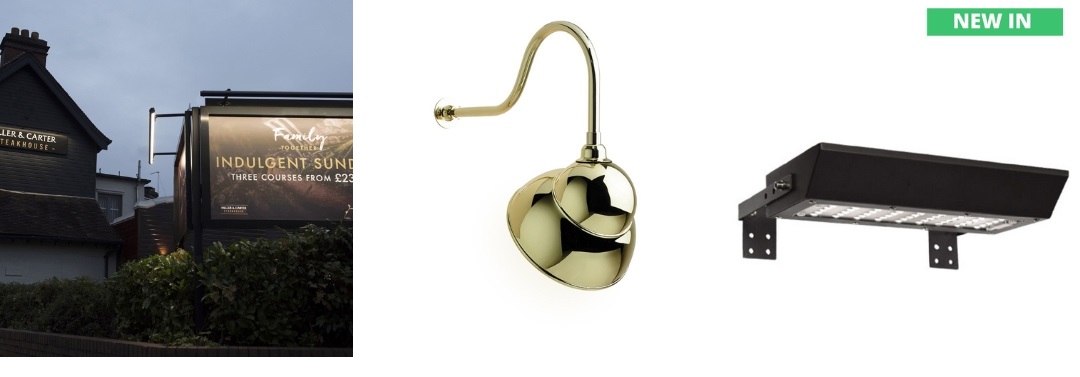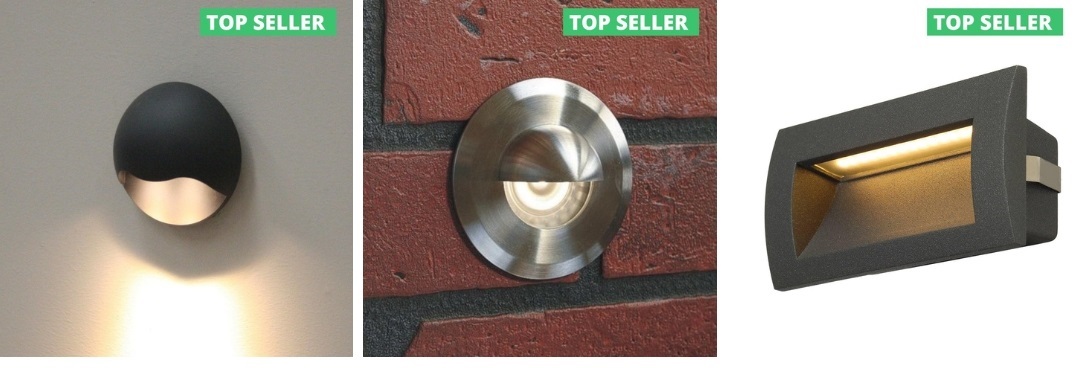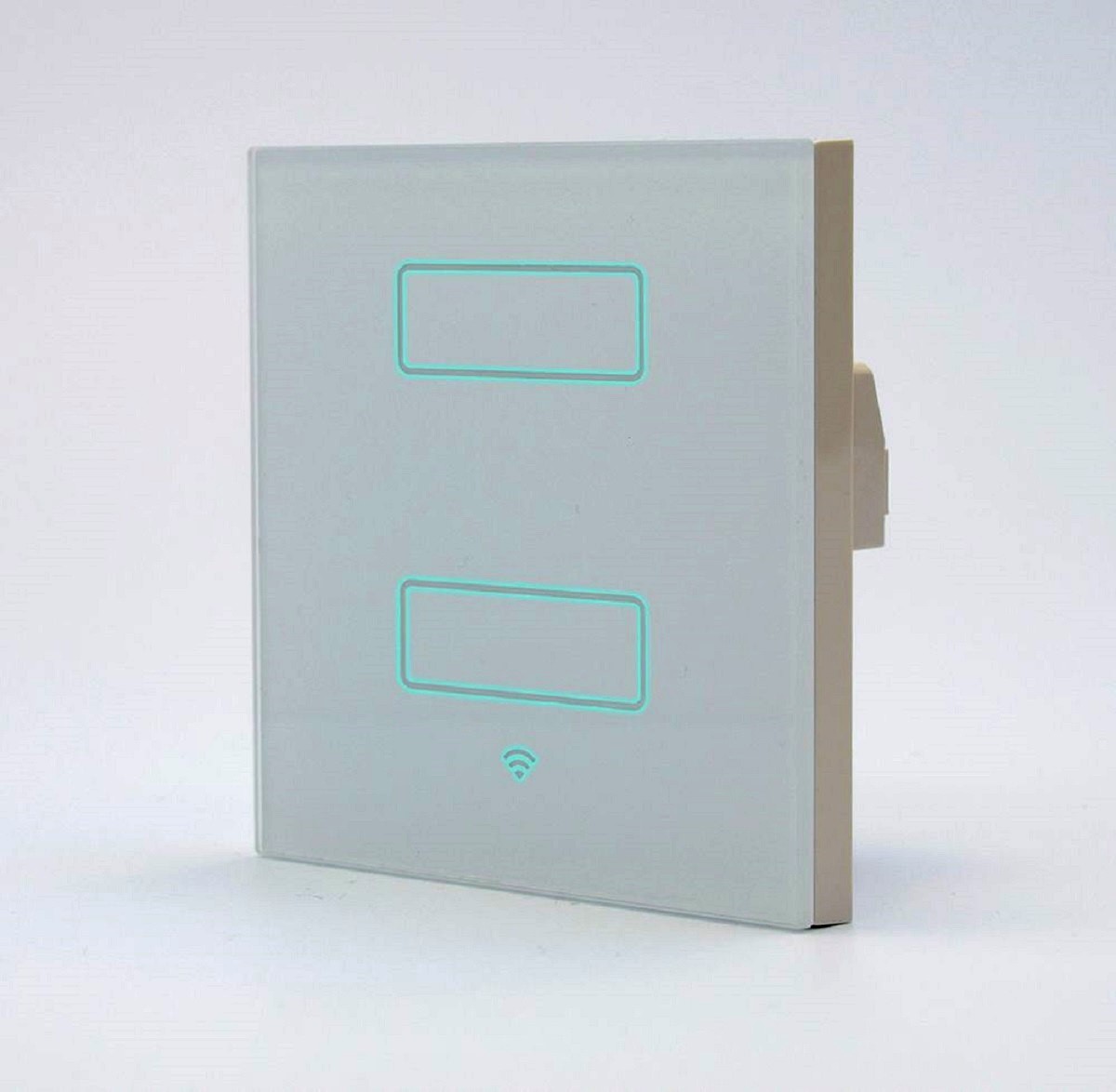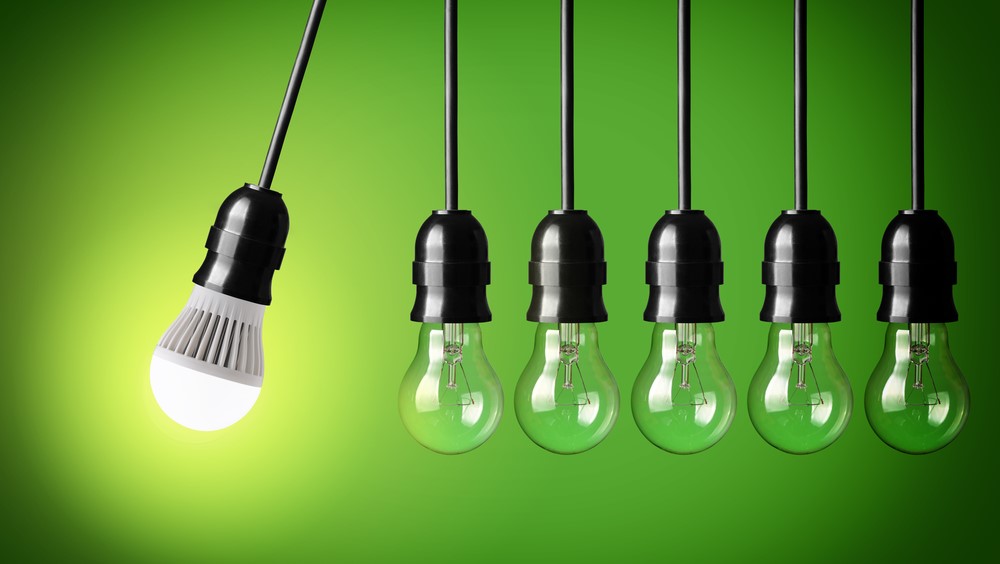Each of the first 4 areas have a baring on each other and can determine which lamp source is best for you. No matter
which lamp (light bulb) you choose every one will have a kelvin rating, a lumen output, a wattage and in some cases
a beam angle. Not every lamp has a beam angle because some fittings have reflectors within the light fitting which
can control the light angle emanating from it.
- LED lamps - all varieties
- Metal Halide lamps
How much light do you need ?
What are Lumens ?
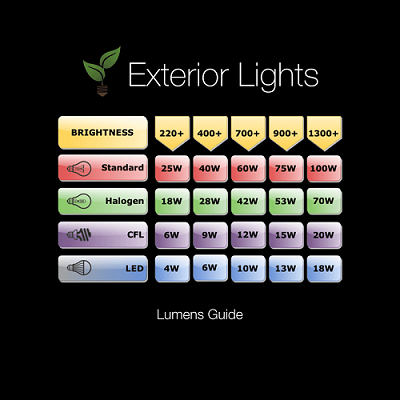

What does kelvins mean ?
The colour of a lamp is defined as a measurement called kelvins. A standard GLS light bulb you would use in your house would be 2,700 kelvins which is in the warm colour spectrum and a lamp with 6,000 kelvins would be at the very cold white spectrum. Getting the right colour temperature of a lamp does matter as the warm colour wavelength helps to soften skin tones and gives a warm soft relaxed feel and at the other end of the scale a 4,000 to 6,000 kelvin lamp colour would be used in offices or in fast food restaurants to make you feel more alert and less relaxed and comfortable. There’s nothing that can sour your opinion of a lamp like buying a 4000K or 5000K lamp when you meant to buy a 2700K lamp, or vice-versa. When you buy a new, energy efficient lamp, keep your application and colour scheme in mind and make sure to buy the lamp with the correct colour temperature to match the environment you are putting it into. A brighter whiter lamp around 6,000 kelvins will seem brighter to the naked eye than a warm colour lamp so you could in theory have less lumens but still have the same amount of light. FIG 2 shows a kelvin colour chart to illustrate further how it works.
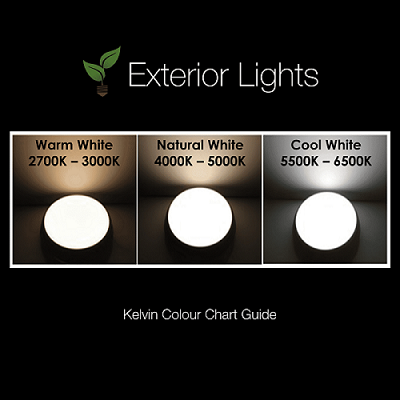
FIG.2.

Why have different beam angles ?
It may seem an obvious thing but is generally something that is overlooked by many clients. Beam angles have an effect on the intensity of light reaching a given area and can change the amount of light ( LUX ) falling on that area. For example you can have LED lamps both producing 450 lumens and both in a cool white 6,500 kelvins, but one has a 90 degree beam angle and the other a 36 degree beam angle. The distance to the object is the same but the 90 degree lamp only produces half the light on the given area compared to the 36 degree lamp. That's because the light is thrown in a much wider area and by the time it reaches it's given destination the concentration of light is much softer. If an object is long and tall like a silver birch tree you will need a narrow beam angle to punch light right to the top, whereas if the tree was a wide oak you would need a wide beam angle to cover the whole tree but you would also need to increase the lamp lumens to get the same amount of light. Some lamps like low voltage LED MR16 and mains LED GU10 lamps have the beam angle built into the lamp so it is easy to make an informed choice, however bollard lights tend to have an internal reflector or series of louvres to throw the light in all directions and therefore the lamp will not need a built in beam angle. Security flood lights are another prime example of the light fitting controlling the beam angle rather than the lamp housed in the fitting. FIG 3 shows lux levels.
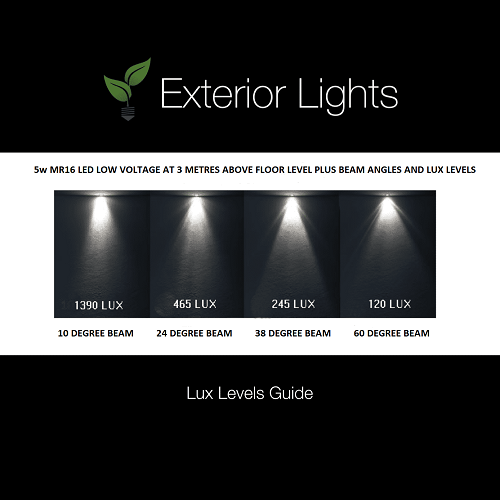
What are reflectance values ?
Another area that is generally overlooked and should always be taken into account when deciding on what lamp is required. In basic terms the whiter an object the higher the reflectance values will be. A good example would be standing at an entrance of a very dark cave and shining a light right down the centre, what would you see ? the answer would be not a lot because the light has nothing to reflect against, so light is invisible until it hits a reflective surface. So now if you shine that same light to the side onto the cave wall some of it will reflect back into the main area and you would see more. If you wanted to increase the light even further without increasing lamp lumens you could simply paint the walls white and hey presto your lamp seems 4 times brighter. So for example if you want to illuminate your steps which are slate grey you would need a lamp that produces 3 to 4 times more lumens than a lamp that needs to illuminate the same steps made of sandstone.
Why use LED lamps ?
The straight forward answer to why you should use LED lamps is their massive energy saving over traditional style halogen and incandescent lamps. But there are a few other reasons to consider switching to LED lamps.
- They are cool to touch so this makes them safe around children and pets.
- They last much longer than the traditional old style lamps.
- They can be retrofitted into many types of light fittings with the following lamp holder GU10, E27, MR16, G4, G9
- They can be used with a photocell or PIR sensor.
- Some lamps can also be dimmable but take care to ensure they have a compatible dimmer or they may not work.
Why use Metal Halide lamps?
Historically, Metal Halide lamps have been the choice of retail outlets for example track lighting systems using
powerful angled spot and flood lights and many exterior projects requiring very pure bright light output
to illuminate tall buildings, structures and trees. A 70w Metal Halide lamp can produce 7,500 lumens
and can last up to 15,000 hours and to buy an LED light fitting that produces this amount of light can work
out more expensive, so using LED lamps in smaller applications and some security flood lighting is fine and
they will in time get better and cheaper for applications requiring a much more punchier light output.
They do get very hot to touch so please do not touch them whilst illuminated. They also use control
gear and an igniter inside the unit to strike up the lamp when switched on. This means you should not
switch them on and off quickly as they will take a few seconds to strike back up again each time you do this.
They cannot work on a PIR but are ok with a photocell.
A 35w G8.5 CDMTC or G12 CDMT Metal Halide lamp will give out approximately 3400 lumens. Ideal for up-lighting trees 6-10m tall. (19 - 32 feet)
A 70w G12 CDMT Metal Halide lamp will give out approximately 7000 lumens. Ideal for up-lighting trees 10-16m tall. (32 - 52 feet)
A 150w G12 CDMT Metal Halide lamp will give out approximately 15100 lumens, ideal for up-lighting trees 16-25m tall. (52 - 82 feet)




